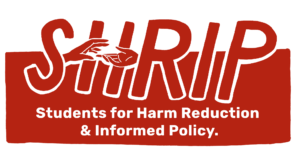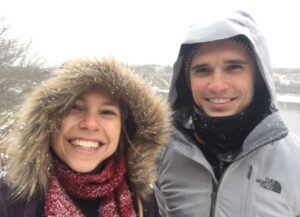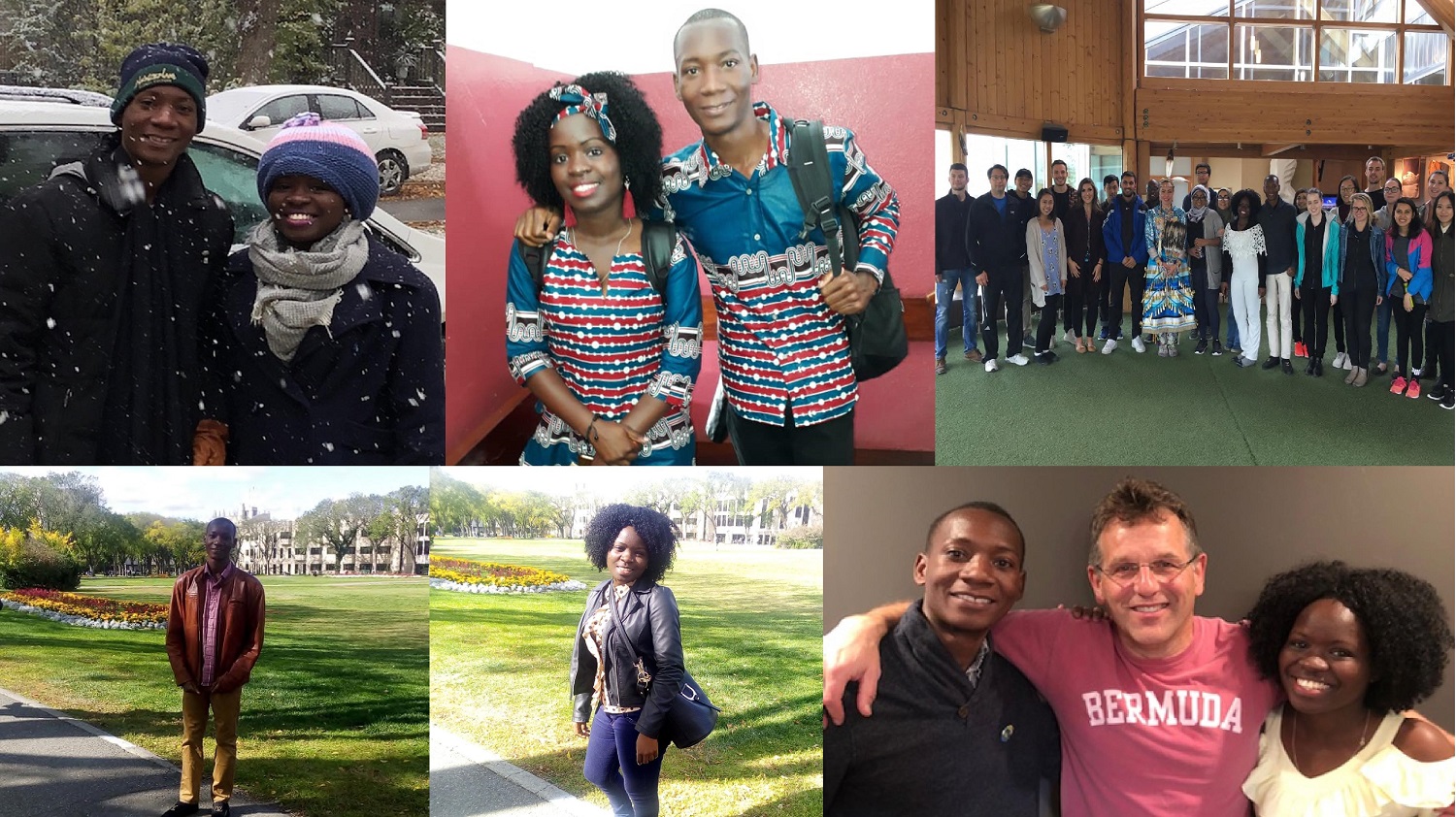By: Kayla Cropper, Candelaria Aristizabal Londono, Lucas Fisher & Graham Beresh
Making the links gave us the opportunity to expand our understanding of health both through theory and practice. The program works to provide us students with the information needed to understand health and health determinants within our community and well outside of it. The practical components work to reinforce the knowledge acquired through the theoretical courses. Additionally, the practical aspect of the certificate is rooted in reflective practice which not only helps to apply the theoretical knowledge, but it additionally works to further our understanding of health in our own community and in communities that differ from our own. The certificate helped to broaden our perspective on health outside of the walls of our own hospitals. It provided us with valuable knowledge and the opportunity to live and practice in different settings. Overall, this experience helped us to develop an understanding of health that is difficult to shake and sparked a desire to give back and do better.
In Saskatchewan, the Westmount and rural placements provided us with opportunities to engage in discussion around community needs. Our time at Westmount Community school gave us a first-hand exposure to the inequities that lower-socioeconomic neighborhoods frequently experience. One example that greatly impacted us was the lack of access to safe drinking water at the school as it was in an inner-city neighborhood that continues to use lead-galvanized pipes. Other impactful realizations were the quantity of food that students received from home and the lack of knowledge surrounding one’s health. Although the specific needs of the communities were different in our rural practicum, the struggles and lack of government support appeared to be similar. In Île-à-la-Crosse and Kawacatoose First Nation, two primarily Indigenous communities, we noticed difficulties such as limited access to healthy foods, poor access to healthcare, and gradual generational deterioration in cultural identity. Our practicums provided us with a deeper understanding of the needs of our Saskatchewan communities by learning directly from the community members through relationship-building and personal stories.
We spent time in the classroom on theory-based lectures and readings so that when we entered a community, our experiences were guided by an understanding of the social and structural determinants of health impacting the people we were working with. We learnt about structural violence perpetuated through strategic economic development for example, and how structural neglect of the northern part of a country can translate to a North versus South health divide. This is something we recognized in Ghana, but also back home in Saskatchewan where northern communities face significant barriers to healthcare access due to factors such as poor road infrastructure. We also engaged in guided reflexive practice with our mentors during our experiences to analyze our self-position in real-time and the ways in which our presence can affect the community and our interactions within it. We will carry these lessons forward into the patient care aspects of our undergraduate medical training to better understand the experiences and perspectives of the patients we meet in our community.
Throughout the program, we learned of the broad structural inequities that permeate the medical field. These inequities, often perpetuated unconsciously, are rooted in historical, socio-economic, and political realities of the past. On all three of our practicums, we were able to witness first-hand how some of these structural biases came to be, and how they continue to pervade the healthcare sector to this day. For example, in Ghana we had the opportunity to visit the Slave Dungeons of the Gold-Coast. On this trip, we learned of the macro-scale consequences of the trans-Atlantic slave trade, including persistent health inequities in affected groups as well as improvements in medicine as a direct result of the atrocities that occurred during this time including the transmission of communicable diseases and the pathophysiology and management of severe malnutrition. For an example closer to home, we learned of the pernicious stereotypes that are foisted on Indigenous peoples in Canada, and how our government was instrumental in creating and promulgating these stereotypes throughout our country’s history. These negative stereotypes persist until today and can often dictate how interpersonal interactions occur in our emergency rooms and hospitals. It is important for us as future healthcare practitioners to recognize our own personal biases, as well as work to dismantle those that pervade our institutions.
This program has built a strong foundation for our personal and professional growth, and we are so grateful to have this training early on in our careers as it will inform our future practice in medicine and has empowered us by building our knowledge and skillset for social accountability and advocacy. As future physicians, we must continue to improve our cultural humility and work with the communities we serve to better represent them in our future practices.









